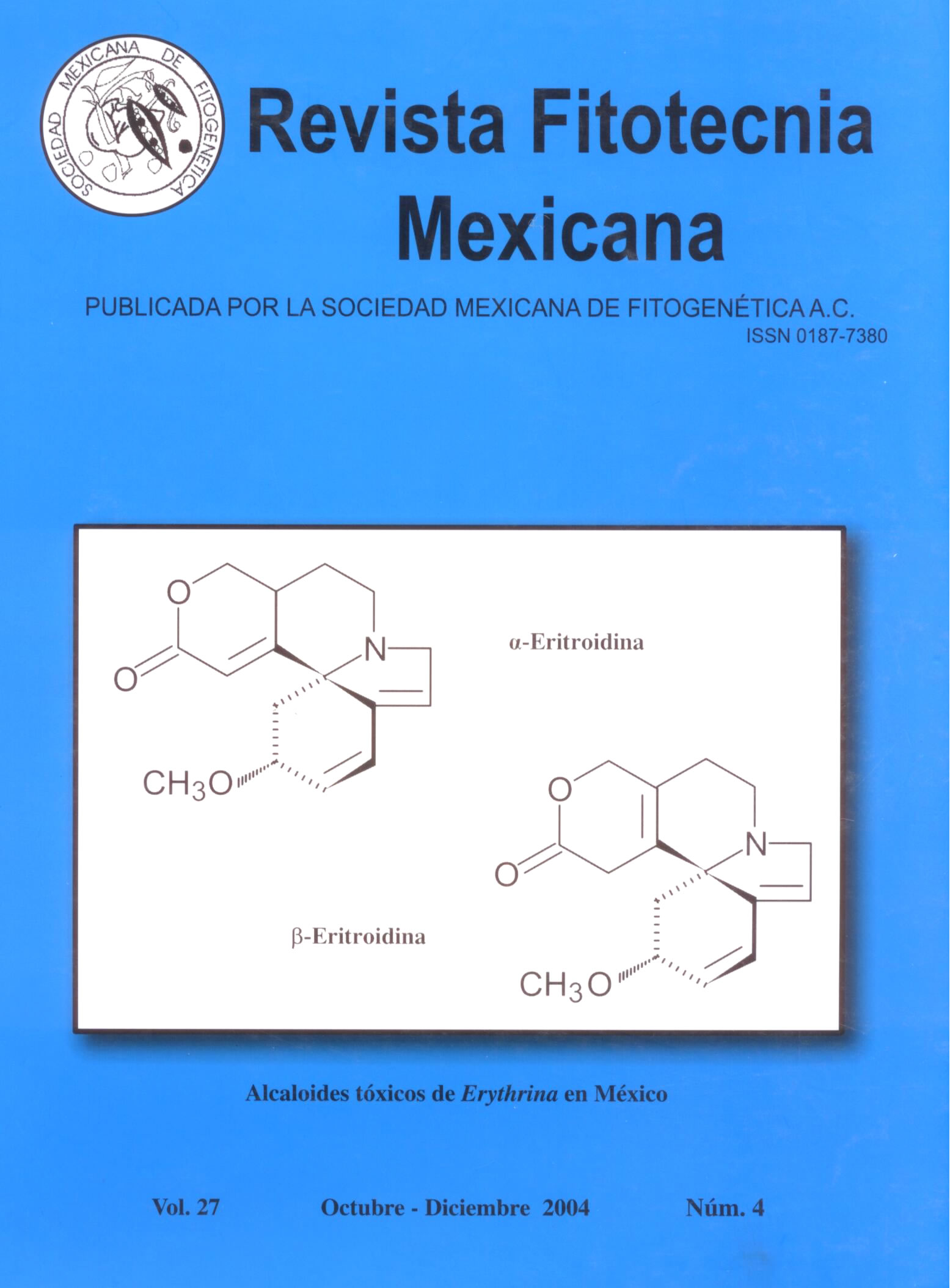EVALUATION OF INTEGRATED PEST MANAGEMENT ALTERNATIVES FOR SNAPBEANS IN CHAPINGO, MÉXICO
Main Article Content
Abstract
To evaluate different management alternatives for reducing the incidence of the main insect pests of snapbeans (Phaseolus vulgaris L.)
in Chapingo, State of México, compared to the traditional management, an experiment was established in the Experimental Research
Station of the Universidad Autónoma Chapingo, from may through october, 1996. Treatments evaluated included two tillage systems
with two seed densities, four sowing dates and with and without chemical control. An economic analysis of profit-cost ratio among
treatments was also included. The best option to avoid insect damage was the minimum tillage system planted on may 18th with a densitiy of 160 kg ha-1 of seed and with chemical control. This management produced the highest yield (31.9 t ha-1), the best benefit-cost ratio (1:1.15), and had a positive sensibility analysis when production was decreased the cost production was increased.

